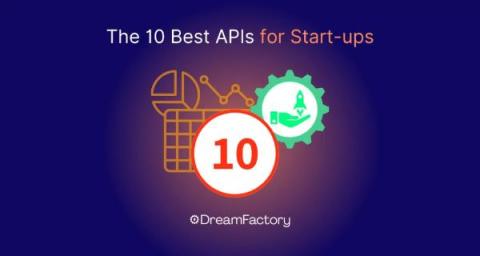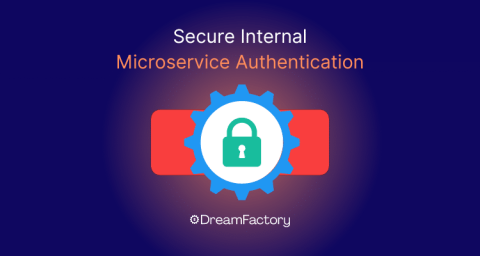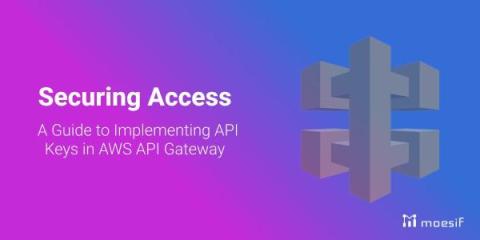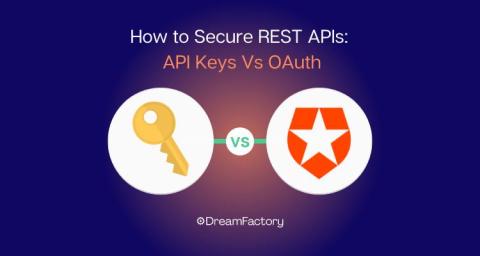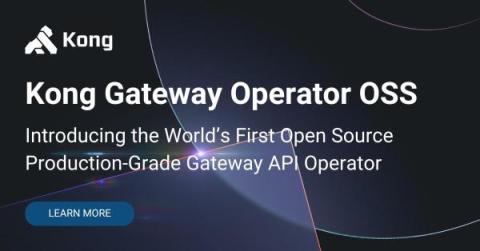The 10 Best APIs for Start-ups in 2024
If your startup is planning to build an app, you’re going to need an Application Programming Interface, better known as an “API.” The role of an API is to give your app a set of directions so it can get all the information it needs to interact with your business. APIs are extremely valuable, but they can also be difficult to navigate. Here’s a look at the 10 best APIs for start-ups that will ensure your business has the fundamental technology needed to be successful in 2023.


